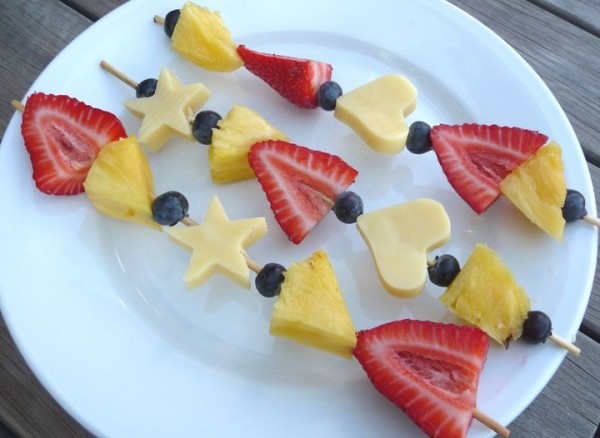
What is a Global Awareness Presentation?
Global Awareness presentations are meant to introduce young children to people from other
countries and cultures. We want them to start forming positive first impressions of someone
from a different part of the world. We want them to go home at the end of the day and say, “I
met a lady from ______, and she was really cool!”
Each Global Awareness presentation is unique. Presentations vary depending on the ages of the children, the grade, and length of time available. A presentation for a pre-school class will be very different from one for a 5th grade class!
Here are some suggestions for presentations. Please feel free to use your own ideas, creativity and materials to create a presentation that is age-appropriate, meaningful and enjoyable for all. You can create a display board if you like filled with photos of your country. Or you can teach the children a song, a game, or a craft. There are so many things you can do, but remember, the most important part of Global Awareness is to HAVE FUN!!
Geography
Stand in front of the classroom map and show where your country is. Provide basic information such as:
· How long it took you to fly from your country to the U.S.
· Tell the children if the seasons are the same as those in the U.S. or opposite
· You may want to give them a map of your country to color.
Many children will want to tell you where they have been and where their ancestors are from.
Flag
Show the children the flag of the country and if age-appropriate, explain what the colors and
design represent.
· You can sing your national anthem.
· You can give the children a flag of your country to color
Most schools will be happy to make copies of the materials you want to hand out to the children.
Language
· Teach a mini-language lesson. The children enjoy learning basic vocabulary such as
counting, animals, foods, greetings and school-related words. How do you say,
‘school,’ ‘teacher,’ ‘class,’ ‘computer,’ backpack,’ ‘book?’
Animals– Bring in pictures of animals from your country.
Currency -Bring in money from your country. The children enjoy seeing and handling this.
Folk tales/nursery rhymes-share stories from your country.
Food/recipes-bring food from your country. But be sure to ask the teacher for permission to
bring food to the classroom. Beware of allergies!
Holidays/celebrations/customs– share holiday traditions with the children. Most teachers
enjoy a presentation with this information during the U.S. Dec. holiday season.
Native costume/dress-the children love to see what your native costume looks like. Bring it to class to show them.
Games/activities – play a game that is popular with children in your country
Music-teach the children a song or dance from your country.
Sports– What sports are popular in your country? Who are the sports heroes? What sports do
children in your country enjoy?
Remember, these are only a few ideas. Feel free to create your own presentation.
We will also send you materials to give to the children.
The children will be very excited for you to visit their classroom! 🙂
Please contact me for more information!

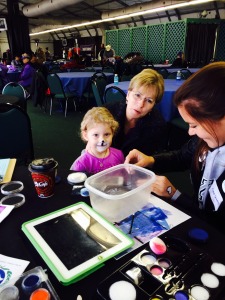



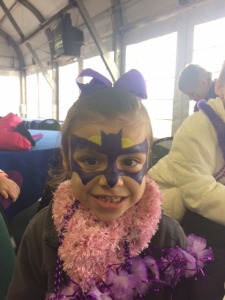
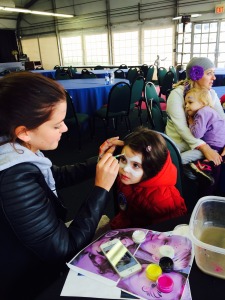
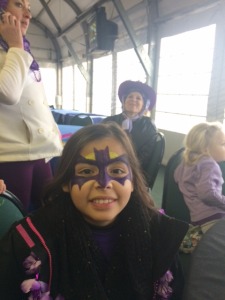
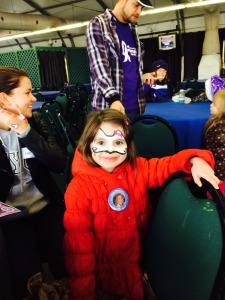
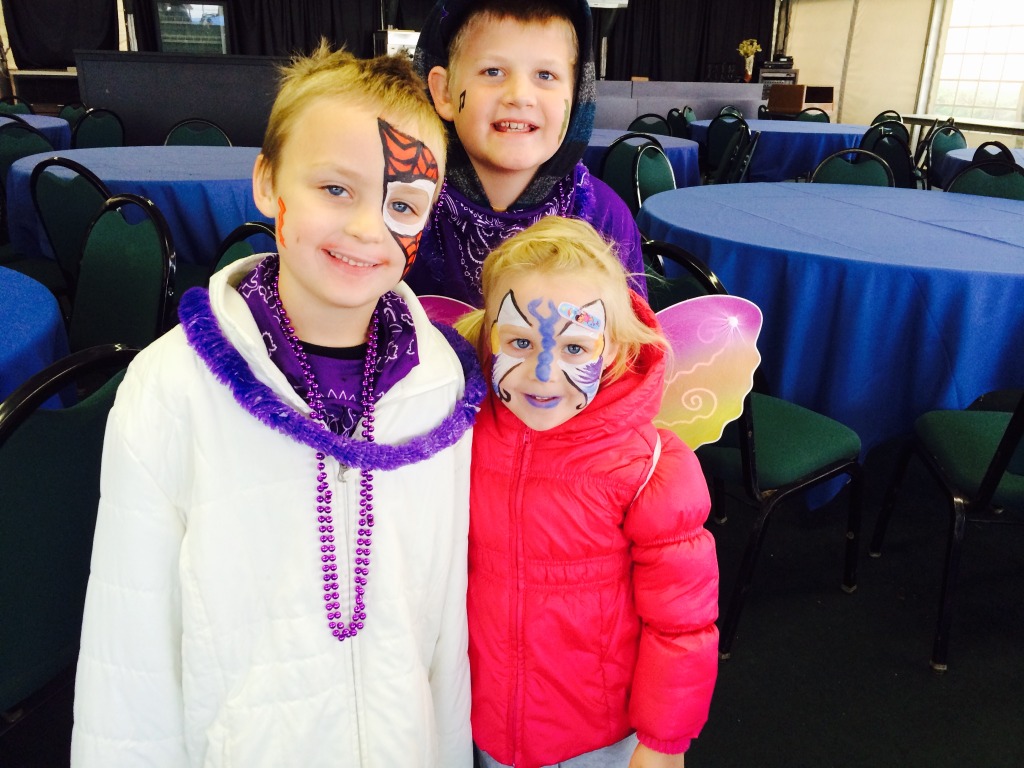











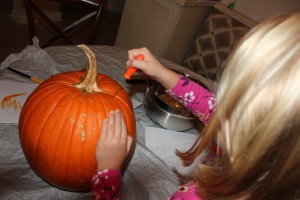
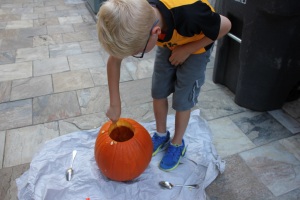
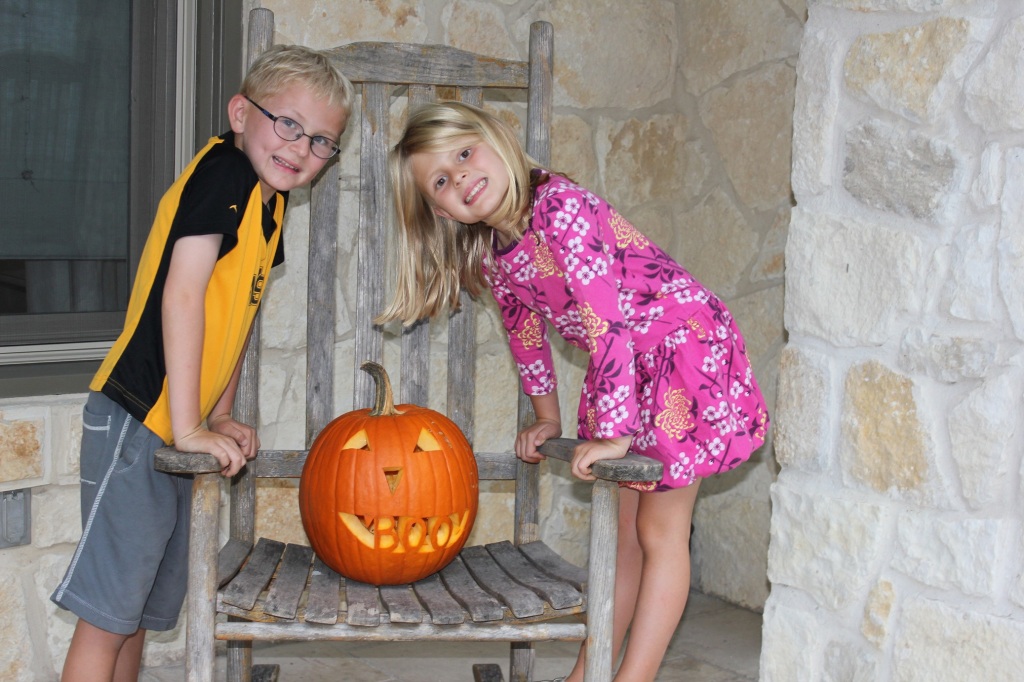

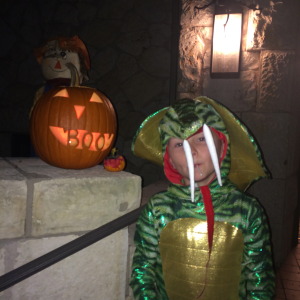

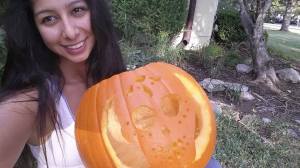
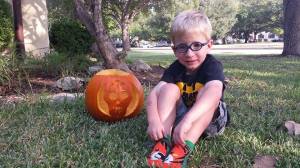













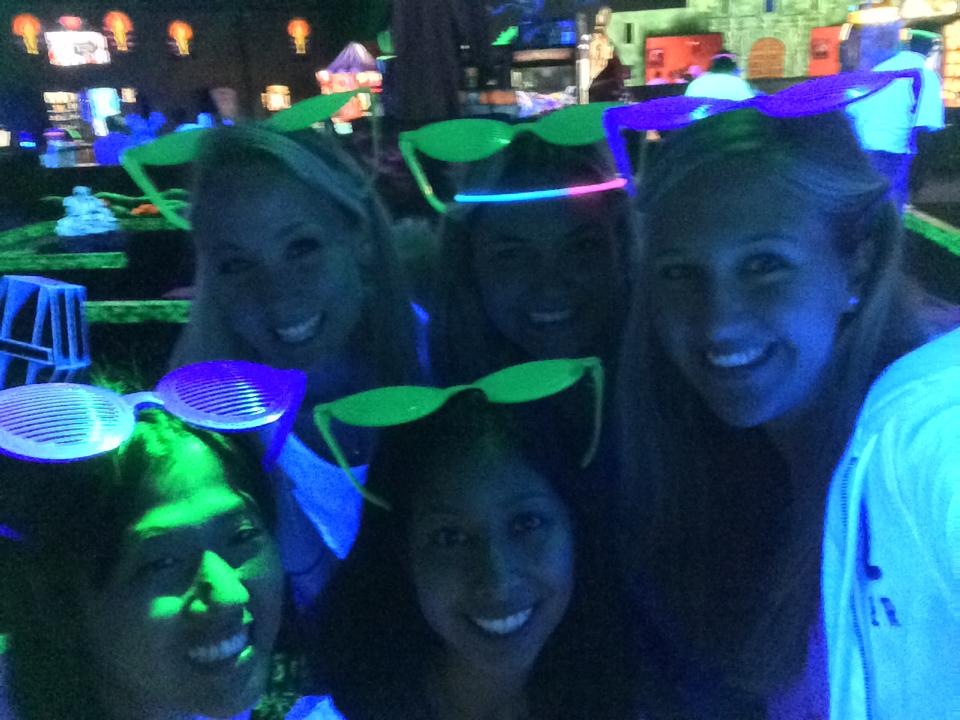



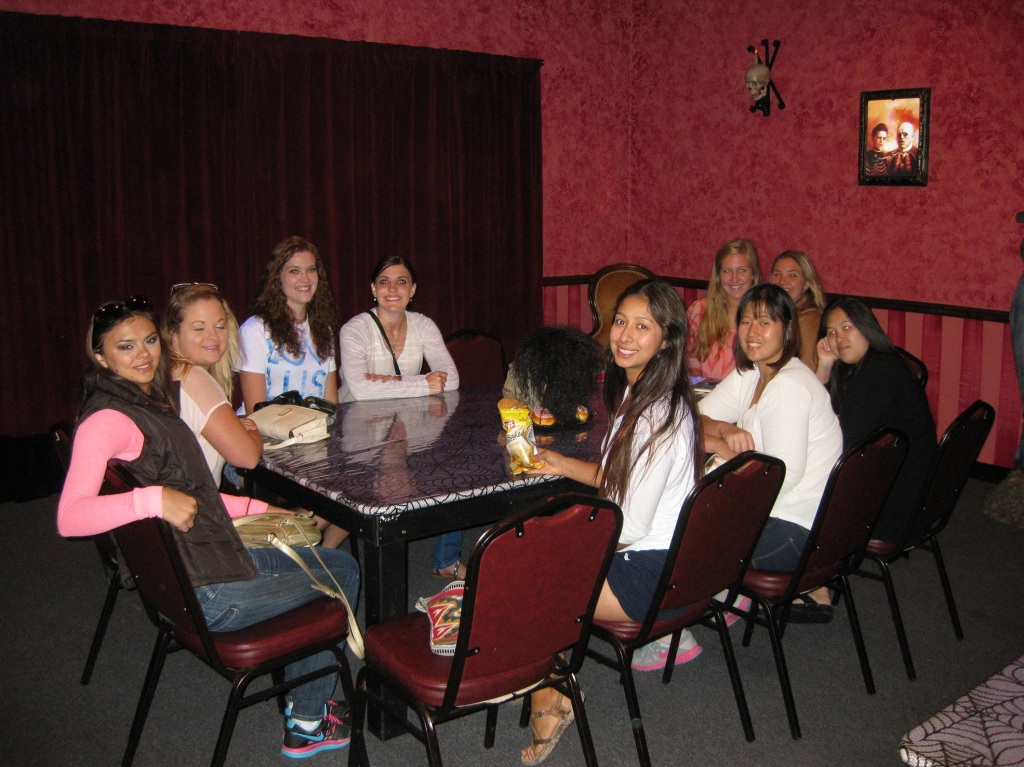

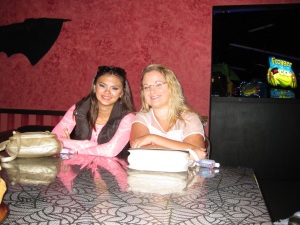
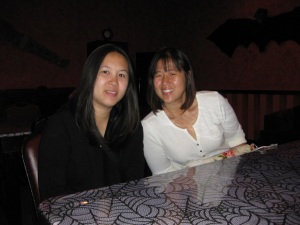


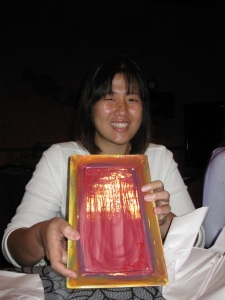
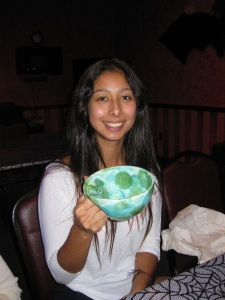
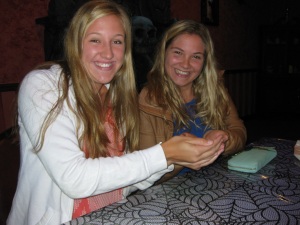
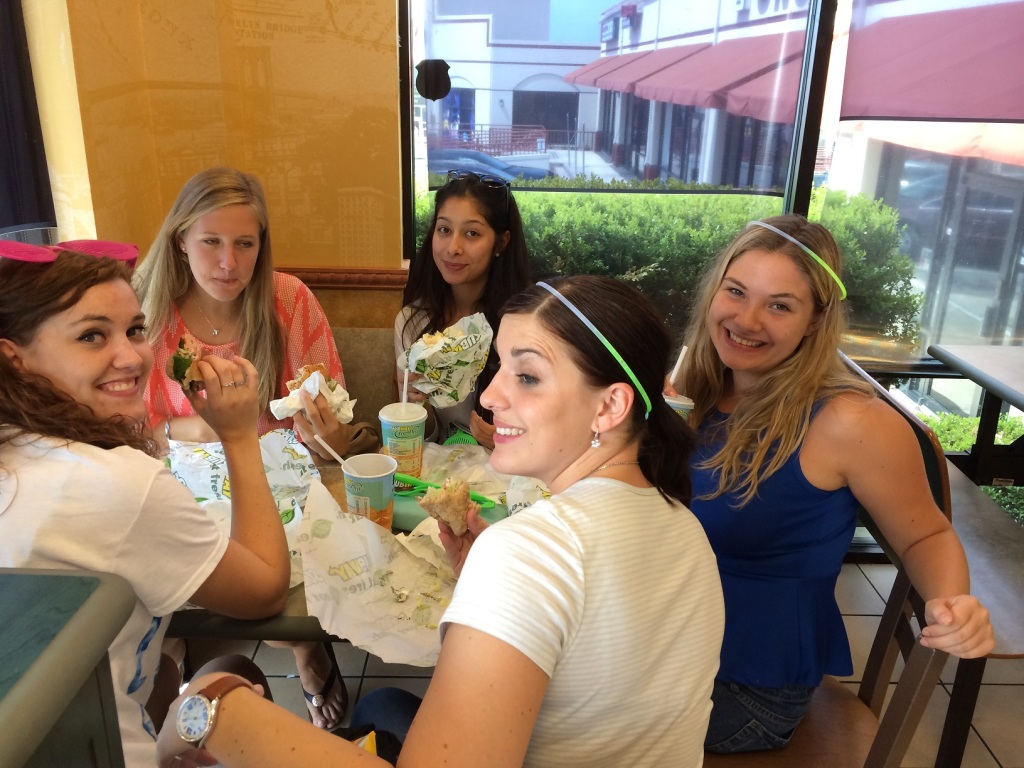 We stopped for some Subway after the game
We stopped for some Subway after the game